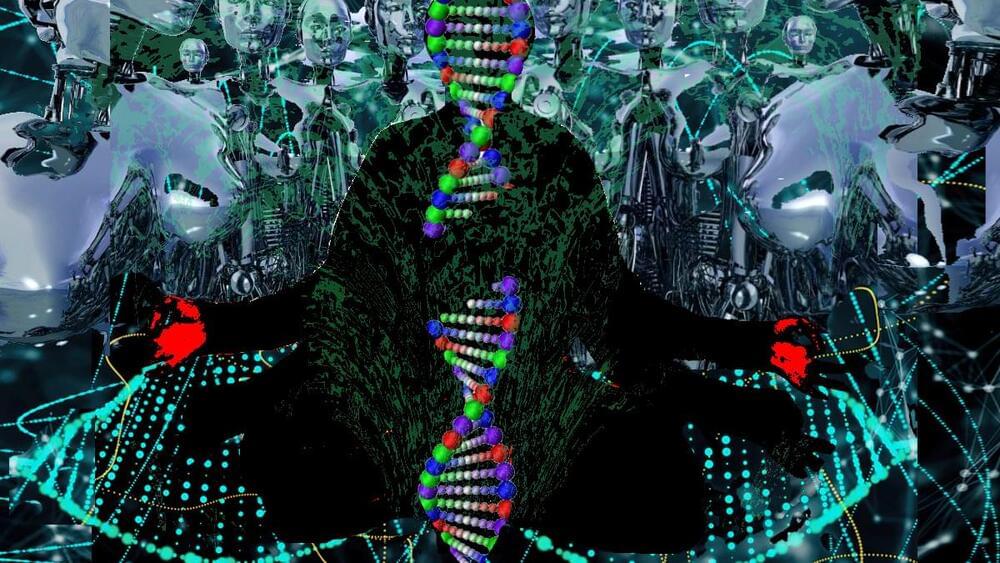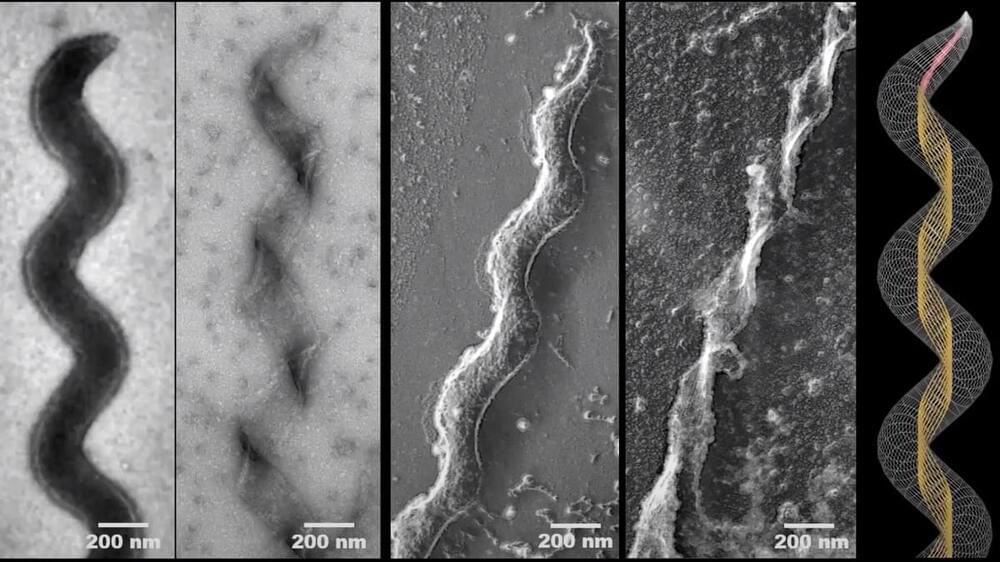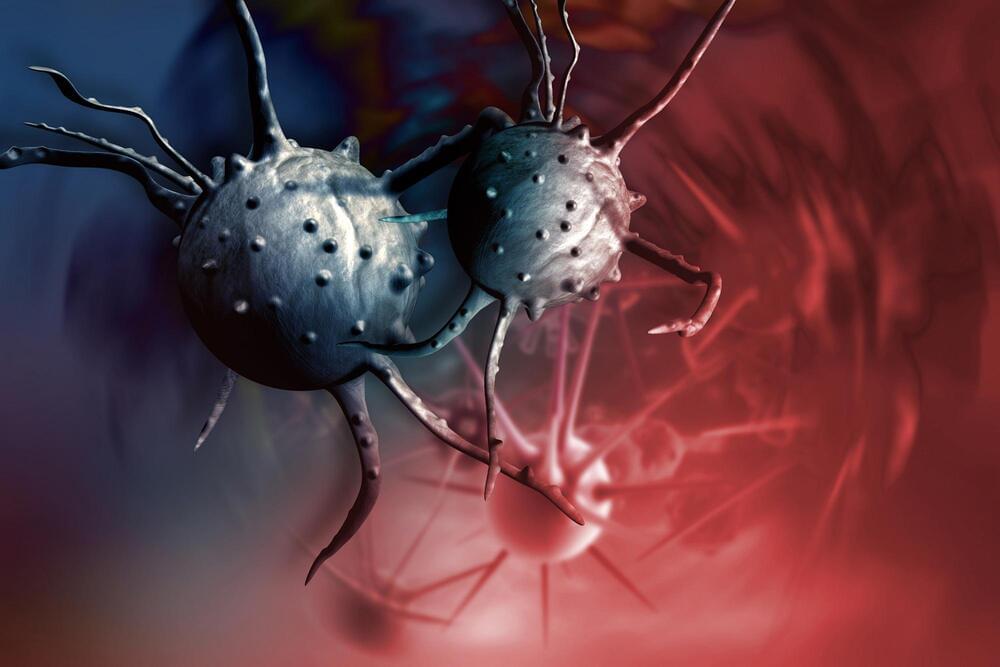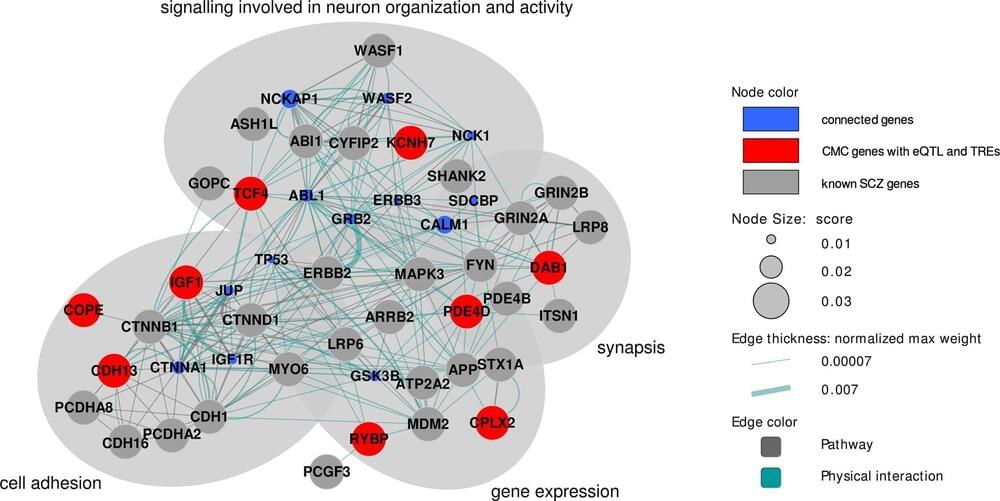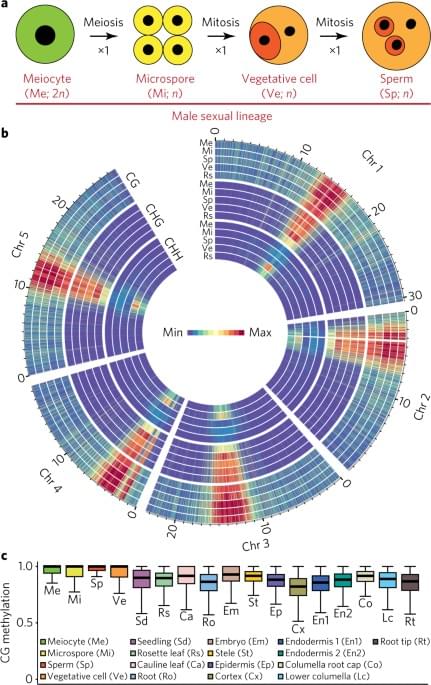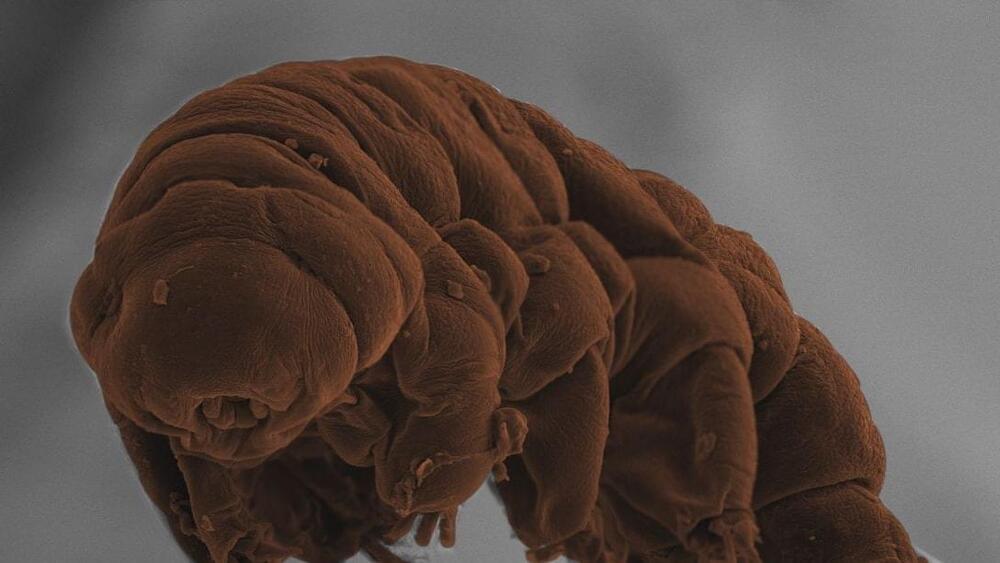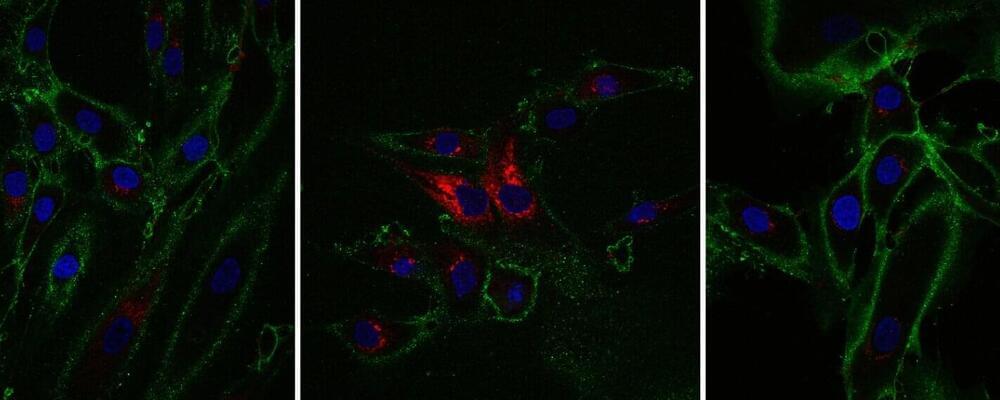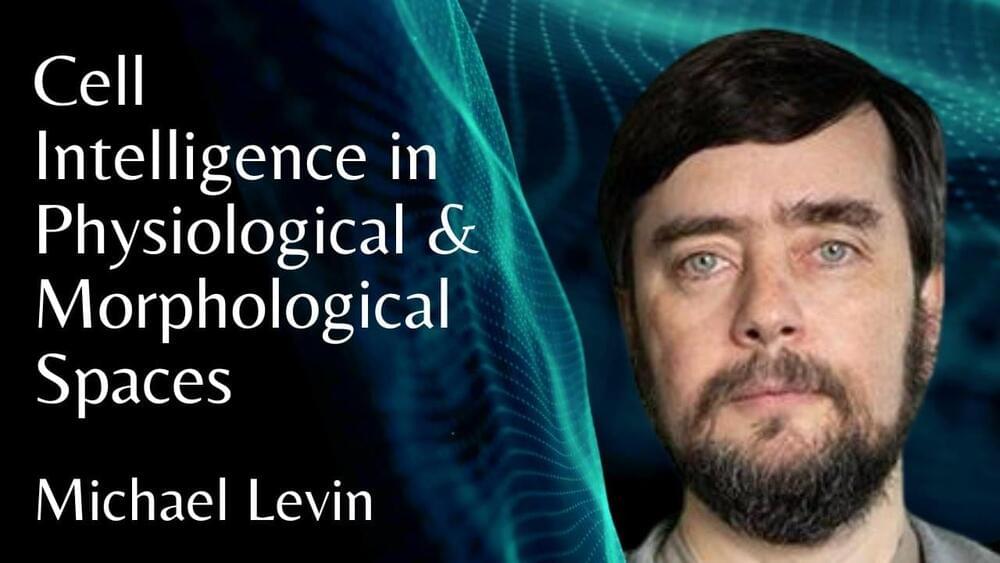Dec 1, 2022
New genetic mutation behind childhood glaucoma identified
Posted by Shubham Ghosh Roy in categories: biotech/medical, genetics
The researchers discovered a mutation in the thrombospondin-1 (THBS1) gene in three ethnically and geographically diverse families with a history of childhood glaucoma using advanced genome-sequencing technology. The researchers then confirmed their findings in a mouse model that had the genetic mutation and developed glaucoma symptoms due to a previously unknown disease mechanism.
ALSO READ: Check out these easy eye care tips to keep your eyes healthy as you age
This increase in pressure not only damages the optic nerve but can also affect other structures in a child’s eye like the cornea. Children with childhood glaucoma typically require surgeries as early as the first three to six months of life, followed by several more operations throughout their childhood.

